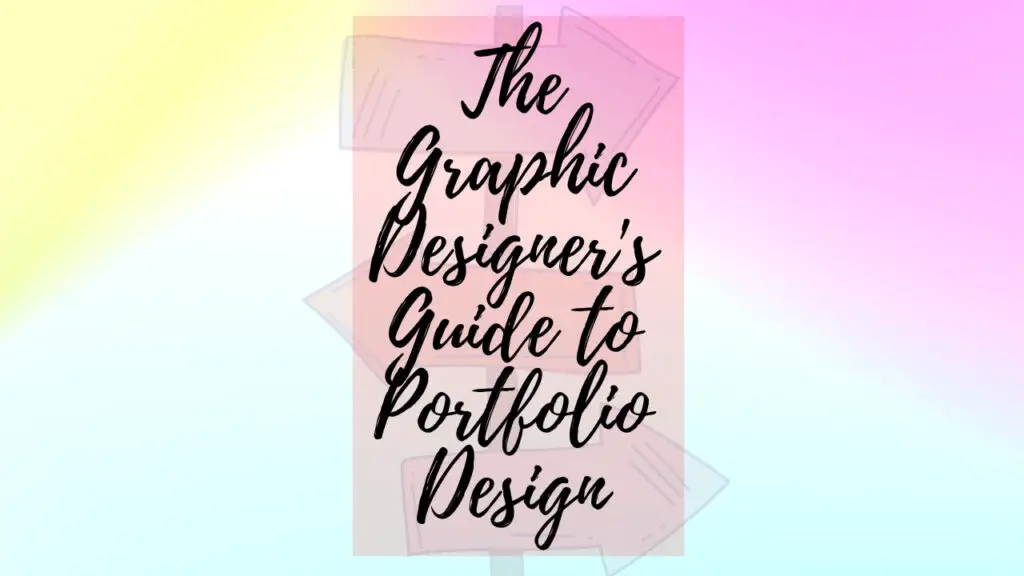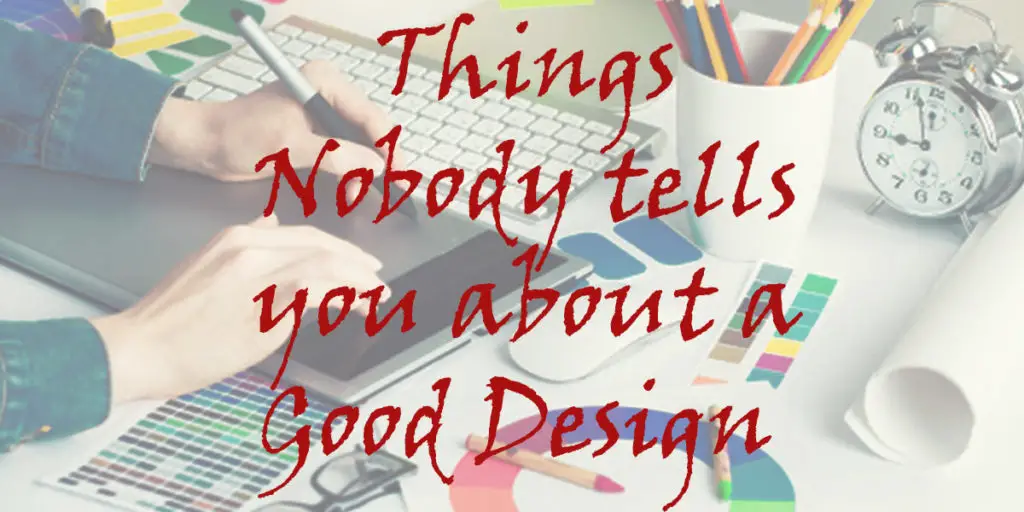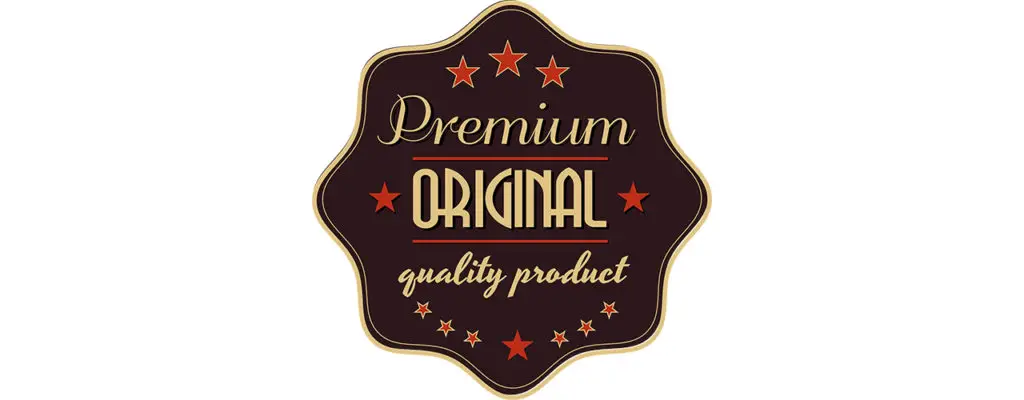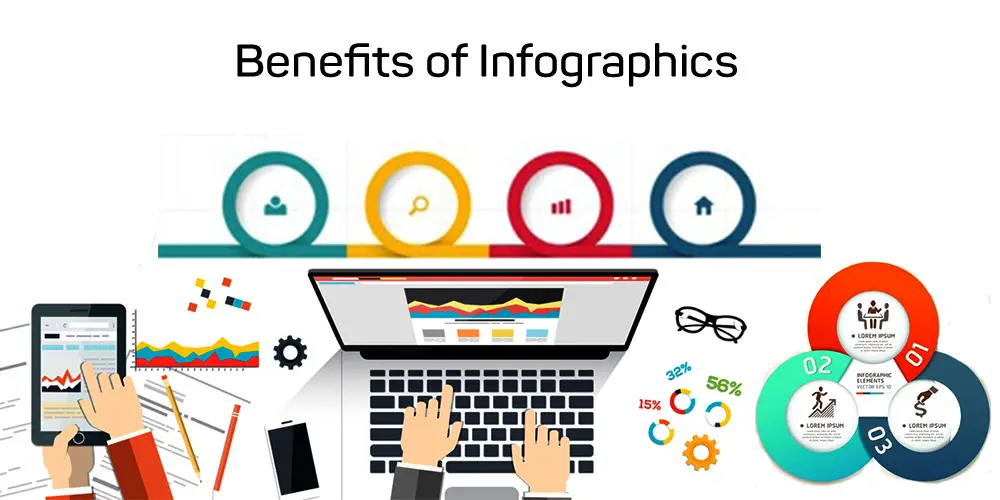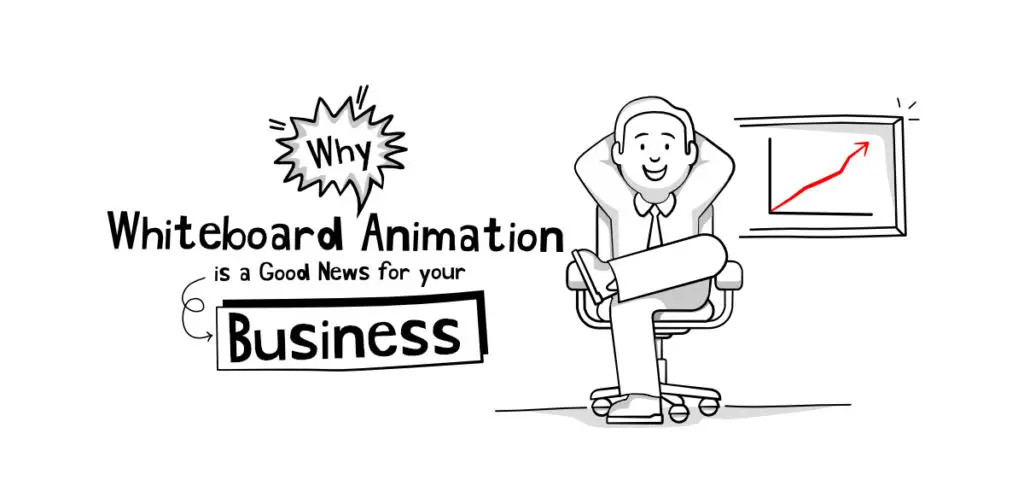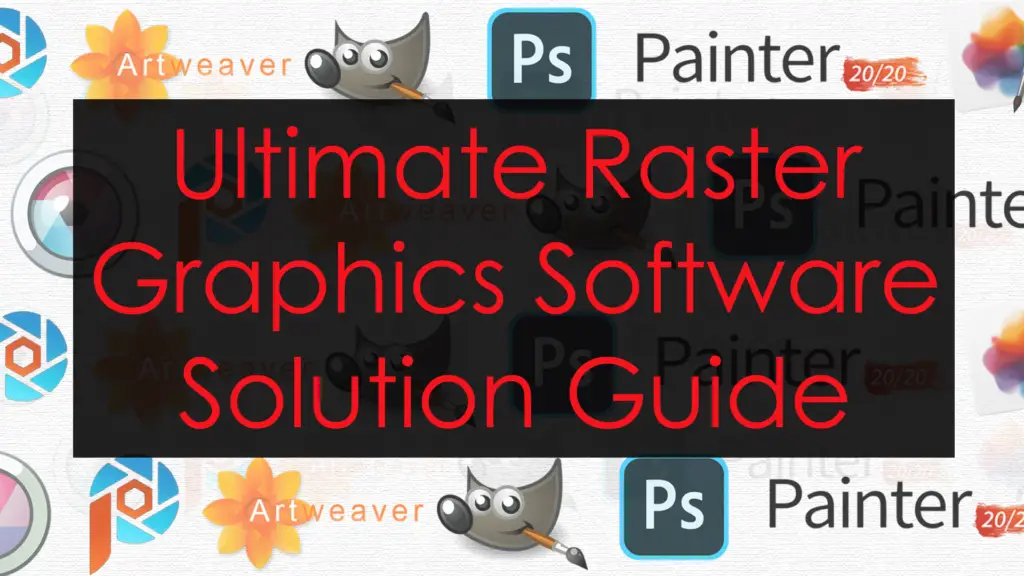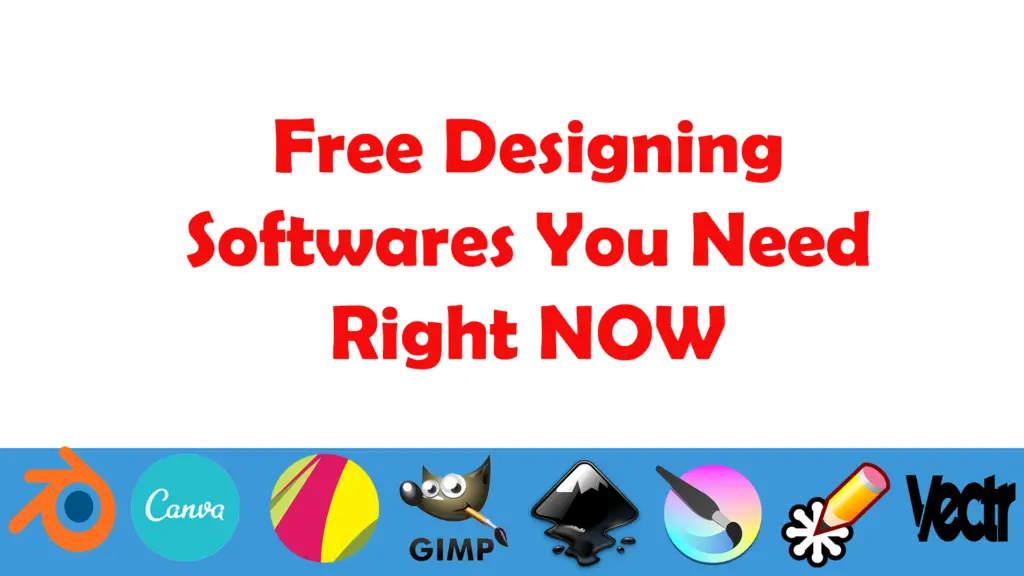THIS ARTICLE MAY CONTAIN AFFILIATE MARKETING LINKS! IN CASE YOU MAKE A PURCHASE THROUGH ONE OF THE LINKS, WE'LL GET A SMALL COMMISSION. WITH NO EXTRA CHARGES TO YOU. THANKS!!
Table of Contents
- The Graphic Designer’s Guide to Portfolio Design
- Graphic Design Portfolio’s Benefits
- How to make a graphic design portfolio?
- Define your Style
- Your Portfolio must be Interesting
- It’s Better to be Simple than overly Complicated
- Highlight your best work
- Display Quality and Variety before Quantity
- Include Text to Describe your Work
- Regularly Update the Portfolio
- Make it Accessible
- Create an Online or Physical Portfolio (or Both)
- Add value to your work by adding Relevant Information
- Make sure everything is in Order
- Ask satisfied customers for referrals
- Sites for making a Portfolio Online
Designers, graphic artists, and creatives of any color and shape, the portfolio serves as proof of your skills and ability to inspire clients. And if you want to make a great portfolio for yourself then continue reading this article. Because it is the graphic designer’s guide to portfolio design.
You should consider what effect you are trying to create when designing a portfolio. It is possible to design a website and then edit it in PDF format. Or maybe you want to share it on social media. You have many options!
How can you make your portfolio of design work as appealing as possible so that an agency will be impressed by your talents? We’ll help you make a design portfolio that is appealing to an advertising agency.
You will also be able to use the best web hosting platforms after we have explained how to create your portfolio as a graphic designer. Are you ready to expand your reach in the design world?
The Graphic Designer’s Guide to Portfolio Design
What is a graphic design portfolio?
A portfolio is the presentation of the work done on a job that best displays your skills, style, abilities, and creativity.
Imagine that your portfolio is a kind of job presentation, with which an unknown person/client/employer will evaluate your skills and determine if you are the ideal candidate for future projects (creative or not).
Portfolio’s Uses
Your portfolio can give you all the opportunities, including job opportunities and projects. You need to make the best graphic design portfolio to help showcase your abilities, and skills to the world.
Graphic Design Portfolio’s Benefits
Is it worth having a portfolio as a graphic designer? Your portfolio is a representation of your work, so clients can see if it’s the right person to handle their projects.
- Clients can receive a more detailed overview of your work. This will help you decide the tactics and skills that you use in your job.
- The client will be able to assess your experience using your creative work.
- It is an opportunity to promote your brand, and it can also be used by graphic designers to share it with large audiences.
You can also use your social media as a recruitment tool for finding jobs. For example, using Instagram as a portfolio by showcasing your work on the platform.
How to make a graphic design portfolio?
Basically being your business card, your portfolio must meet certain requirements. It all depends on how well you work on it. Your work will be able to speak for you if you are a good graphic designer and will find clients who will pay you for your services. It can be difficult to create a perfect portfolio of graphic designers, highlighting a particular feature of your work could overwhelm another, and so forth.
We are here to help you create a digital portfolio. Follow these steps to get started:
Define your Style
The portfolio must show the mark of quality the graphic designer has created, and highlight his strengths, making him stand apart from the rest.
Your Portfolio must be Interesting
This is the key. The best side is what we want to show when persuading someone. This is the general rule.
Your portfolio should be the same. Your portfolio should include your past graphic design projects. This will help potential clients/employers see that you are an interesting individual, with work that draws attention and that you have a spark that the vast majority don’t.
It is recommended that you use bright colors and animations in your digital portfolio. This will allow you to reflect your personality.
This is not a call to make your graphic designer portfolio an explosion of colors and sounds, but to grab the attention of the client and break the mold. This can be done even with darker colors if you have an appealing message or idea.
It’s Better to be Simple than overly Complicated
Graphic designers can include a greeting in their portfolio. You can choose from a white background that looks amazing or large font to make you feel in love.
Everything is valid if it is used in the right amount, at the appropriate level, and in a manner that isn’t invasive or repellent for the viewer. You want people to spend 15 seconds looking at your portfolio without averting their eyes.
It is best to delete any element that you feel is missing. Do not try to do anything complicated by choosing simple artistic expressions.
- Graphic Design Do’s and Don’ts
- Where is Graphic design used in Architecture and Interior Design?
- Graphic Design Books to Read at Coffee Table
Highlight your best work
Always dress to impress and wear the most professional clothes. Don’t look like you’re getting married. You don’t want to look casual and unattractive when you apply for a job in graphic design. This is true for all your design projects. Show your best projects to get the best job.
This is why you should ensure that your portfolio contains the most highly rated works by your clients. These are those that have received the greatest success and the best reviews. You will start to see the offers pouring in.
Display Quality and Variety before Quantity
Your portfolio should always reflect your work. It is good to offer other products, such as web pages or illustrations, but your graphic design portfolio must reflect your design work.
Be sure to show your creations in a variety of ways so that the client does not feel overwhelmed by too many displays. This will cause the client to lose interest in you and your graphic design samples.
Quality is more important than quantity when selecting work to add to your portfolio. You don’t have to present every work, but you should make a selection of the most valuable and then show them.
When learning how to create a portfolio of graphic design work, the golden rule is to have at least ten and no more than twenty. Consider those projects that are not commissioned by clients, but which you think are the best of your entire portfolio. You might be surprised. You might get lots of attention from them.
Include Text to Describe your Work
You can create a portfolio of graphic design work to impress a client or interviewer. Use the following questions as the guideline to curate your portfolio.
- Why did this design make it into your portfolio?
- What did you want to achieve with the particular color/format/medium?
- What will the client do with it if it is a custom-designed design?
In all cases, try to anticipate the needs and questions of the person to which you will present your work.
Regularly Update the Portfolio
Each person’s work evolves. If you look at the work you did within 3 months of joining a company after being there for 10 years, you’ll see that there’s a significant difference.
This is true for your portfolio as a graphic designer. Your first jobs were probably not of the same quality today, even though they were excellent.
As you continue to learn new techniques and improve your creativity, there is a noticeable evolution.
Your work should be up-to-date. It should not be outdated. It should instead refer to the latest graphic design trends. This will demonstrate to your client that you use more modern techniques.
Your portfolio of graphic design projects should not exceed three years old unless they are your best and classic works. This shows that you are always looking for new work, that your focus is on new projects, and that you stay up-to-date with developments in the industry.
Make it Accessible
If you visit a page where the images take a while to load, the text is difficult to understand, or the links are confusing, does that not make you want to leave?
It is important to ensure that your portfolio is posted on the correct platform. You might also consider investing in your portfolio, which will pay off in long term.
- You can access creative templates to give your digital portfolio that personal touch and make changes as you wish if you choose a premium option.
- You also have free options such as WordPress and Wix. These options offer fewer editing options, but serve the main purpose of displaying a creative portfolio.
Create an Online or Physical Portfolio (or Both)
Many graphic designers prefer to display their portfolio physically, to show clients tangible support for their work.
If you are a specialist in printing work, it is particularly helpful to have your portfolio of graphic design in print.
You can still have your portfolio of graphic design online, which will guarantee you the best results. However, it is important to ensure that your work has the highest quality. This will show professionalism and make your work more visible on social media and other online dissemination channels.
You can choose to have both. This will increase the chances of your design being seen more often.
Add value to your work by adding Relevant Information
A simple gesture can give greater value to your work. You can generate interest by simply adding the title, date of creation, and a brief synopsis to your audiovisual project.
You can also include photos of your work that are similar to the design intent. Your clients will be able to see in what conditions they may use your work.
Make sure everything is in Order
Once it is all done, breathe. Now that the process of creating a graphic design portfolio has ended, take a moment to evaluate it.
This is why you should do it. To review any errors or any last-minute details you may have missed. You should be looking for the following:
- Perfect spelling/grammar
- Image quality
- External Links (if they are working or not)
Review the details and put yourself in the client’s shoes. You can ask a family member or friend to look at your portfolio as a graphic designer and provide feedback.
Even though the opinions you receive will be subjective, they will allow you to get a more objective overview of your work as an artist.
These techniques will make it easy for you to convince your clients that you are the right person to handle their creative projects.
Ask satisfied customers for referrals
Referring to satisfied clients to provide testimonials and positive reviews is a great way to increase the value of your graphic design portfolio. If you have worked on successful projects that were more or less important in the past, tell your client about the importance and the results with their expectations.
Your work should be supported, not just aesthetics. Your potential customer will be more trusting if you give them feedback and then pass it on.
Sites for making a Portfolio Online
Now you have the idea, the concepts, and the works that are needed to be displayed in your portfolio as a graphic designer. Now, Where do you showcase them?
If the item is tangible, you can place it on the client’s desk and watch their reactions. If it is digital, we can provide the ideal platforms to showcase your graphic design portfolio.
Behance
Behance is a web design platform that allows you to do freelance work.
This company was founded in 2006 and is one of the most popular web portals to share your portfolio. It’s also free.
Many designers upload their portfolios of graphic designers to Behance every day, which attracts a similar amount of recruiters searching for new talent.
It is a free service but you can use an optional payment to build your portfolio under your URL. If you are part of the Adobe Creative Cloud, Prosite is $99 per annum.
dribble
Dribble was published three years after Behance was founded. It began as a side-project of its creators, but it became a resource to contact graphic designers.
Dribble is a platform that graphic designers need to use. You must have an invitation to access it. To post, you must first be a ” Prospect” and then need to be invited by veteran users (” Player “).
Registration is free, but you will need to spend $149 annually so that you can publish your material the best way.
Adobe Portfolio
An Adobe product always seems to fix the problems. Adobe Portfolio is part of Adobe Creative Cloud and makes it simple to transform a portfolio of graphic designers into visual delight in a matter of minutes.
Their Creative Cloud subscription is also free. Behance-sponsored designers can import and sync several design updates free of charge. You can get your portfolio ready for sharing as a graphic designer very easy. There is nothing bad. This is without a doubt the best website to build your first professional portfolio.
Carbonmade
You will feel childish when you first enter the platform to upload your portfolio of graphic design work. Carbonmade is proud of its simplicity in design.
It is extremely easy to use. You can arrange the images in your design portfolio using a simple drag-and-drop method, without needing to know any coding or web development.
The free version is limited in customization options. However, you can create combinations of colors, fonts, and image sizes. The $12 monthly cost for the paid plan gives you access to more features. Carbonmade is a great place to quickly create a portfolio.
Cargo Collective
Cargo is another platform that allows you to showcase your design portfolio. This platform allows you to create a portfolio for architecture, art, and books. You have access to a large selection of customizable templates and easy tools for site programming (back-end maintenance).
Cargo offers a membership-by-invitation policy to ensure the quality of all portfolios and design work published on the site.
Crevado
Crevado allows you to quickly and easily create a design portfolio. You can create your portfolio of design ideas using personalized templates.
Crevado templates can be adapted to any screen size. Upload your files and arrange everything by dragging and dropping. You can also sell your work online using the integration with PayPal.
In just a few clicks, you can create an online portfolio and register for a free account.
Deviantart
DeviantArt uploads design portfolios. They are organized in a broad category structure that includes photography, digital art, and traditional art. There is also a wide variety of downloadable resources such as tutorials and stock photographs.
The following features are available on this portfolio platform for graphic artists, artists, and creatives:
- You can follow the conversations of the community through its messaging center.
- Galeries (photos, artworks)
- Profiles made to order
- It offers default subdomains, such as username.deviantART.com.
- Its design is based solely on CSS (no HTML table)
